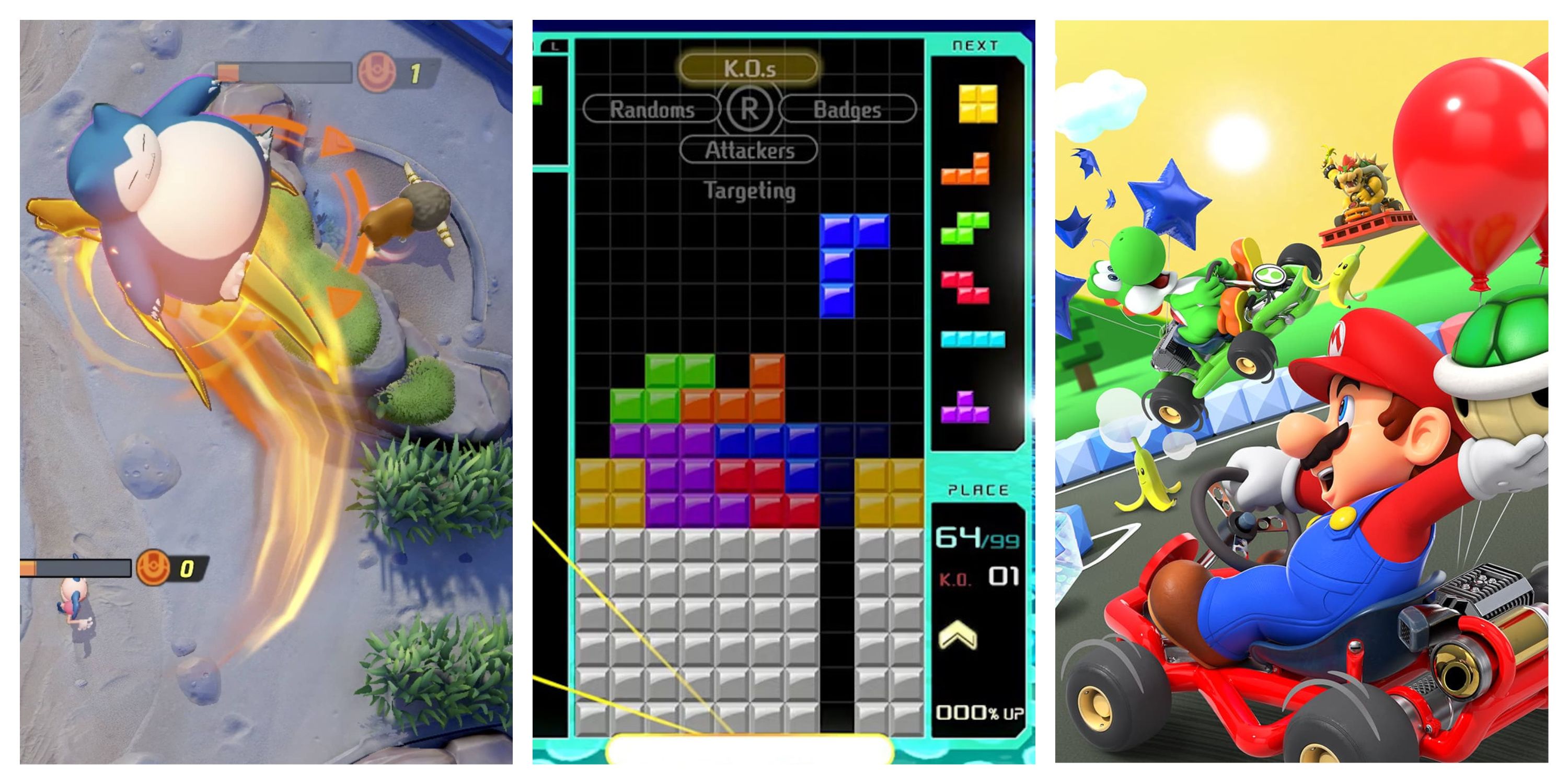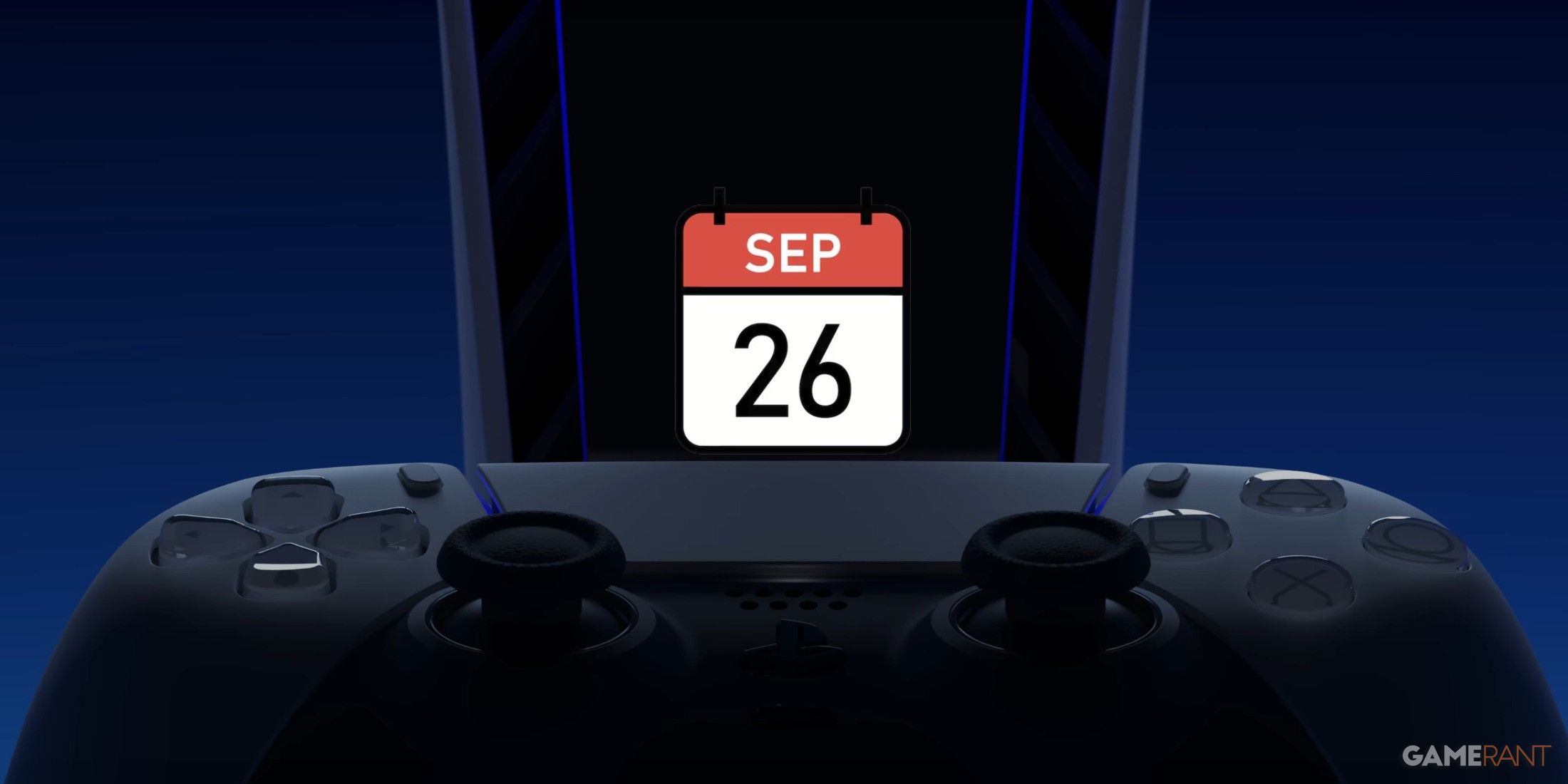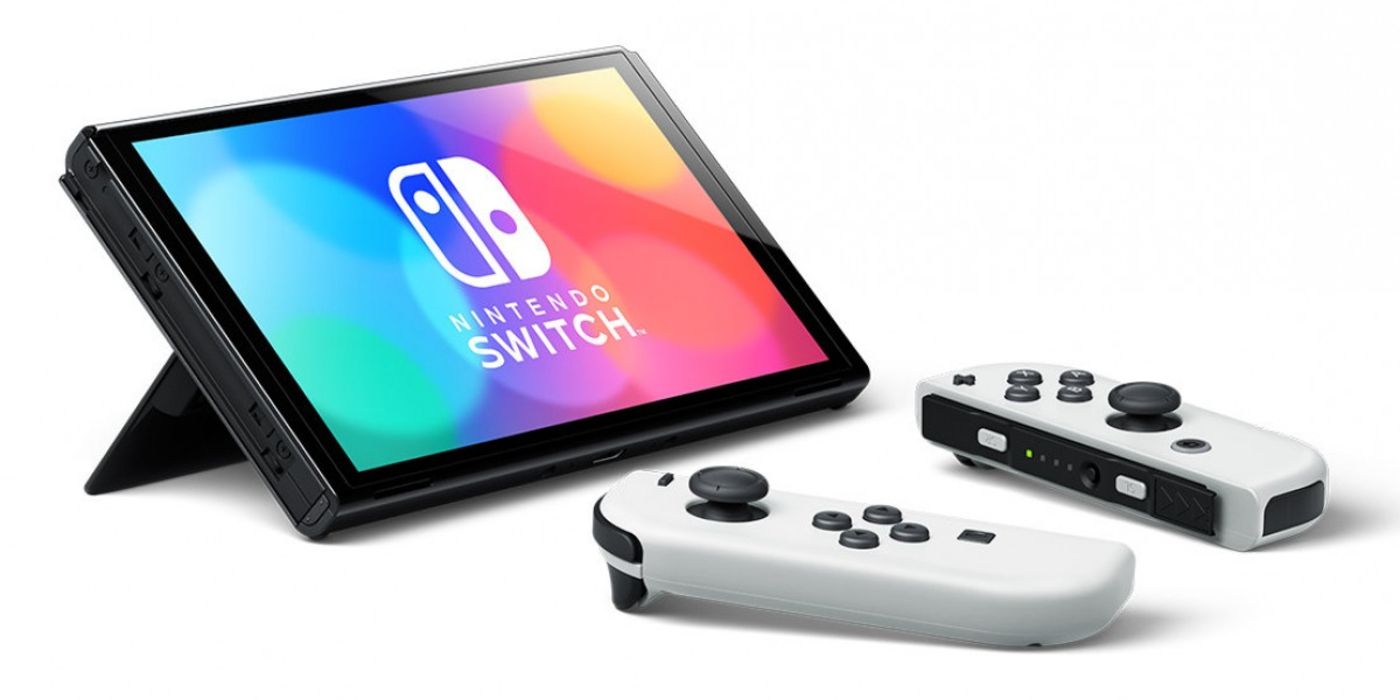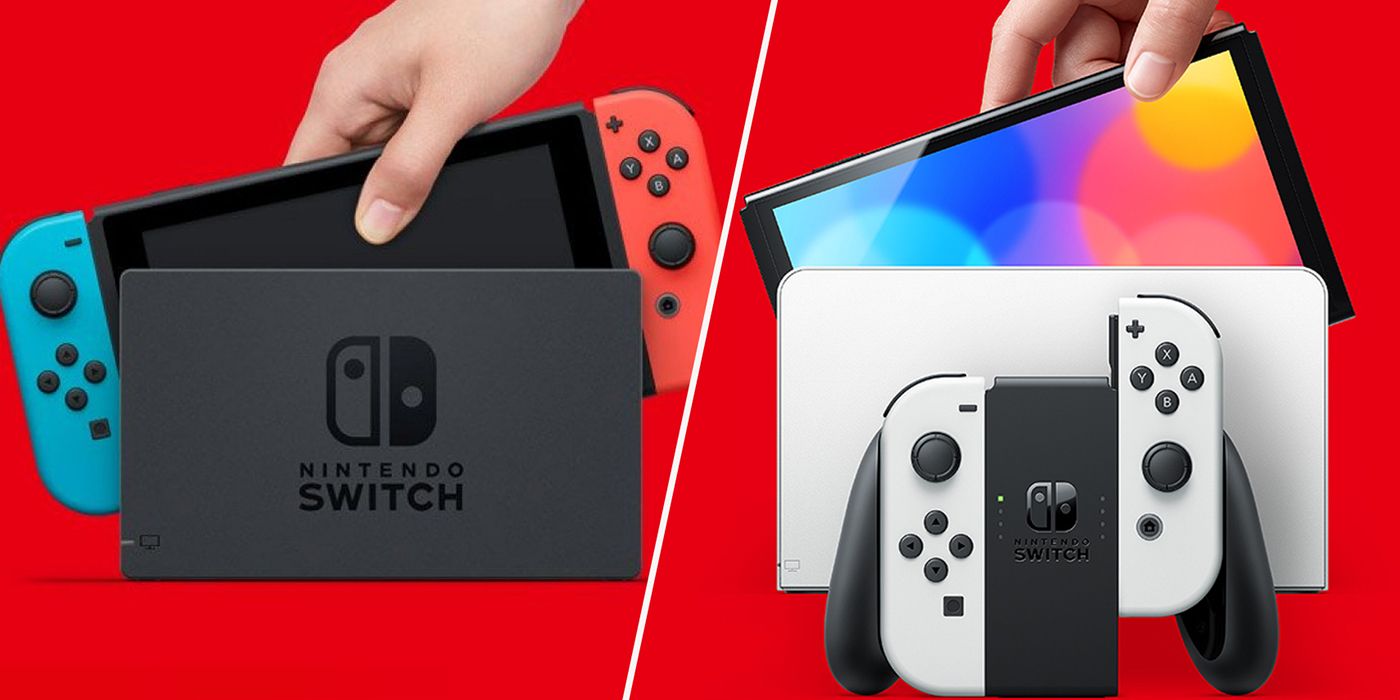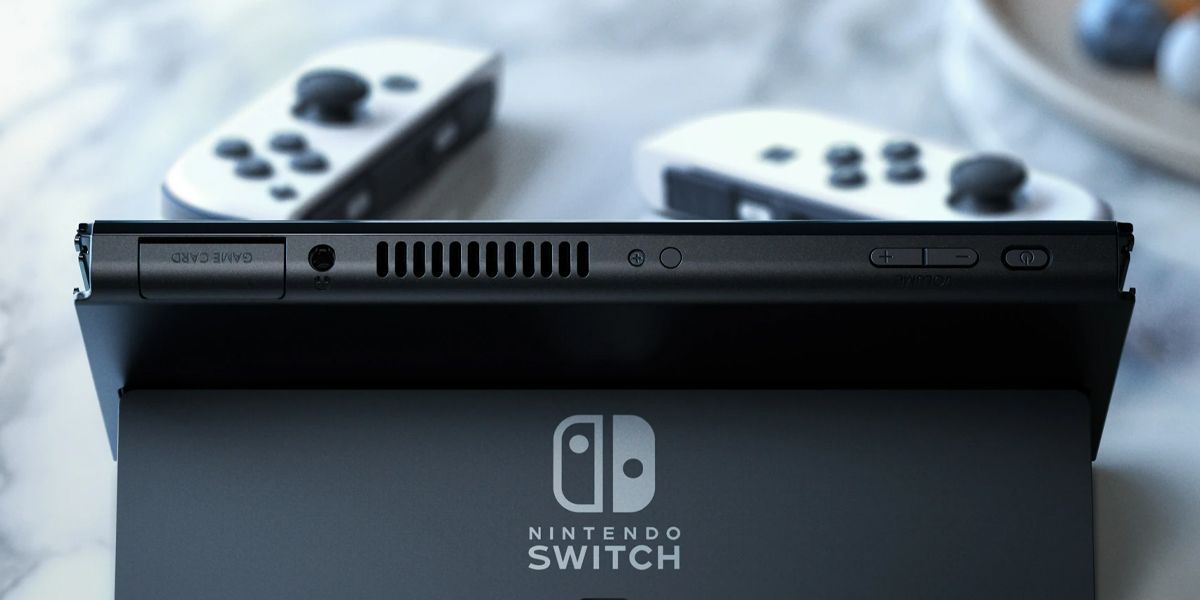Now that there are officially three versions of the Switch queries over a potential Switch Pro are dying down. Because the Nintendo Switch OLED lacks major enhancements despite user requests, the possibility of a Switch Pro is still very likely.
Nintendo previously stated that its focus is primarily on the current version of the Switch. While this seems to be untrue based on the announcement of the Switch OLED, perhaps this means that Nintendo is saving room for bigger upgrades in the future, and titles that could go along with an enhanced edition, whether or not it's called a "Switch Pro." After all, the OLED version still won't have highly requested features that are now becoming the norm, such as 4K graphic support and 60 FPS.
Comparing the Nintendo Switch to the DS Models
Released in 2017, the Nintendo Switch was the last console to come out of its generation. Nintendo is not yet in need of making a completely new console as the Switch is still highly demanded and sees successful sales. But just like consoles from the prior generation, Nintendo is now in the process of creating multiple iterations of the Switch. This strategy is not new for Nintendo, though, as it follows the development of its multiple versions of the DS. The original Nintendo DS debuted in 2004 and saw multiple iterations leading up to the 3DS in 2011, then it was upgraded again in 2014, not including the DS Lite, 2DS, and XL versions. With the release of each DS console were quality of life updates, affordability options such as the 2DS reflected in the Switch Lite, and now similarly slam upgrades are on the way.
In the previous console generation, the PlayStation 4 and the Xbox One also saw multiple iterations and limited edition consoles, Nintendo is in a similar situation now with its own console. The Switch Lite released in 2019 which serves as an affordable downgraded option, and now, the first upgraded version of the Switch has been announced.
Quality of Life and Aesthetic Improvements
Nintendo's new Switch OLED is indeed an upgrade, however, some are saying that there is not much difference between the two besides the minor quality of life and aesthetic changes. A rundown of the specs between the two consoles shows the Switch OLED shows that not much has changed in terms of improving game performances, rather improving upon its initial exterior design. Overall, the new design is sleek, making the console more accessible than ever before. The Switch OLED leaves a lot to be desired. For example, the screen has not been updated and many fans have been asking for a 4K 60 FPS, even since the release of the original Switch, and then there's still the issue of the breakable Joy-Cons.
Room for growth gives more potential for the Switch Pro to see these changes through, and with some fans expressing that the Switch OLED includes features that should have been in the original design, such as a stable kickstand and built-in ethernet port, it's still trailing behind competing consoles in terms of modern standards.
Keeping the Switch Relevant Through Small Enhancements
In its roster, Nintendo has many different limited edition Switch consoles, many different colored Switch Lites, as well as its newest iteration around the corner. The Switch OLED is potentially Nintendo's effort to make the Switch relevant in the current console generation, it's also just as likely that this iteration of the Switch is a precursor to developing the Switch Pro, but shouldn't necessarily be treated as an "upgrade" so much as another version.
As previously stated, the Nintendo DS has seen multiple iterations over its lifespan, which seems to be Nintendo's strategy for rolling out new Switch consoles such as starting with the downgraded Switch Lite, now moving onto upgrades with the latest addition. But it's certainly not the only company to adopt this method. The Xbox One was followed by the Xbox One X, not to be confused by the Xbox Series X, and the PS4 by the PS4 Pro. The Switch Pro would more closely resemble the jump in upgrades of the PS4 Pro and Xbox One X, but Nintendo proved with the DS that small improvements can be successful as well.
As for the possibility that Nintendo will release a console with 4K graphics and 60 FPS, among other features, it's only logical that the developer would catch up to modern standards at some point.
No Official Word From Nintendo
It's unlikely that Nintendo will be announcing any news on a possible Switch Pro any time soon, as it's only just revealed the upcoming OLED model, but it is noteworthy the strategy the company is using for future Switch consoles. With the continued lifespan of the Nintendo Switch, it is still likely to get a console with an upgraded performance capability to support games with higher graphical fidelity. However, the company has a tendency for games without photorealistic graphics giving them that unique Nintendo aesthetic. It is possible the company is waiting for the release of upcoming games such as Breath of the Wild 2 to announce a Switch Pro, and meanwhile, the Switch OLED helps Nintendo gauge interest in updated Switch consoles.
The likelihood of a Switch Pro in development right now is low, yet that does not mean it will be too long before Nintendo needs to innovate its console further to keep up with modern standards. The Switch is still a revolutionary console that merges portable and home consoles into one unit for the first time. It would be in Nintendo's best interest to continue to develop the Switch to reach its full capability. It seems that Nintendo uses methods that always leave room for improvement, which, in turn, means room for a higher-priced console.
The Nintendo Switch OLED releases on October 8, 2021, worldwide.

